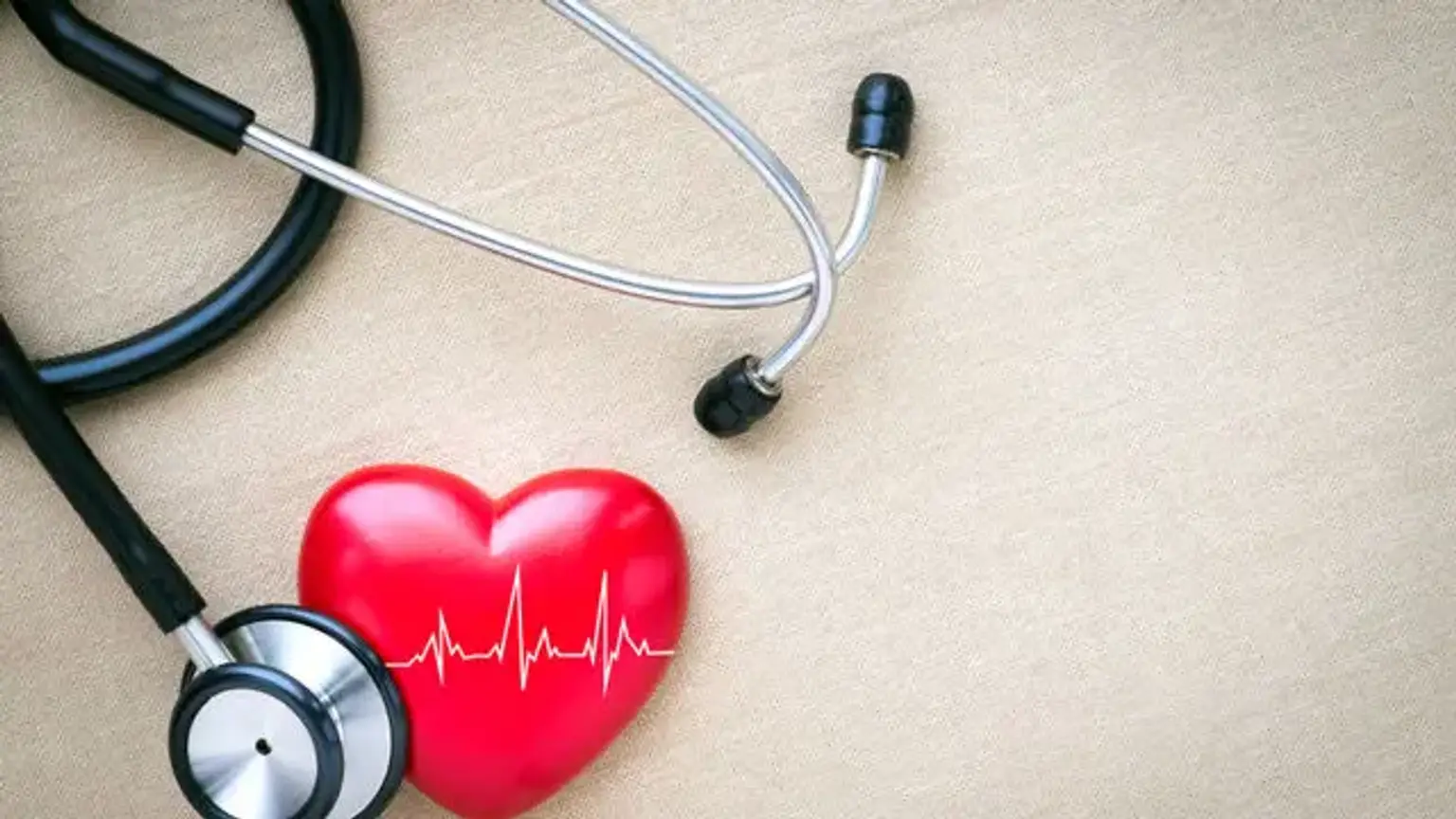Cardiac Device Implantation
Cardiac implantable electronic devices (CIEDs) are well-established therapies for a wide range of cardiac arrhythmias. Permanent pacemakers restore effective circulation and close to normal hemodynamics by regulating heart rate and heart rate response. Antitachycardia pacing (ATP) for ventricular tachycardia (VT) termination and high-voltage shock are provided by implantable cardioverter defibrillators (ICDs), which are used to defibrillate ventricular fibrillation (VF) or cardiovert ATP-refractory ventricular tachycardia. In addition to correcting inter-and intraventricular desynchrony, cardiac resynchronization therapy (CRT) or biventricular devices have all of the features of standard pacemakers and ICDs. Since Dr. Senning implanted the first pacemaker in a person in the1950s, there have been significant advancements in CIED technology, including smaller size, longer battery life, and remote monitoring capabilities, as well as the incorporation of MRI-compatible CIEDs.
